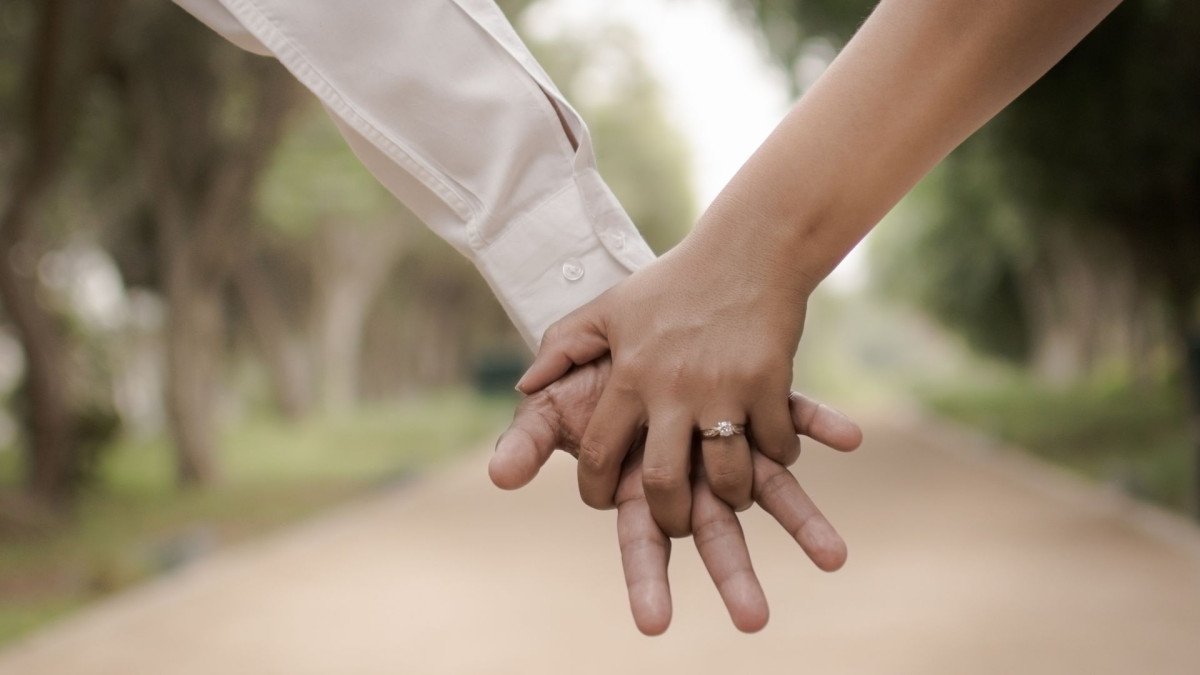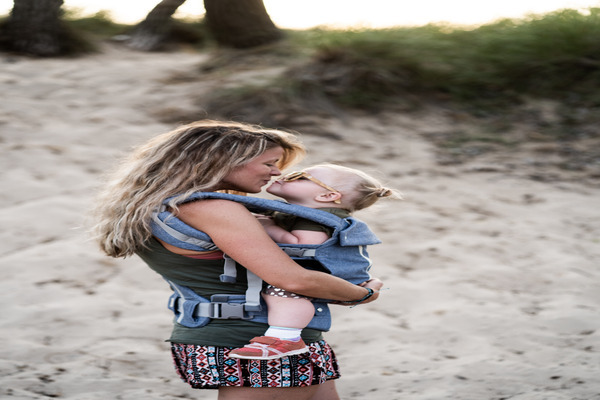
Emotional attachment is an expression that in recent times is directly or indirectly linked to a bond that produces suffering or a toxic relationship Phrases such as “I create an attachment relationship with people” or “I get too attached and then I end up suffering” are often heard in consultations. In truth, that is not entirely true. Below we will try to clarify what attachment consists of, why it is so important and what its pitfalls are.
What is attachment?
When we talk about emotional attachment it is important to clarify several ideas. One of the most important is that attachment has to do with the bonds that we establish with other people. Attachment originates in the first years of life and with the first people around us, generally our parents or those who are in charge of our care.
These primary links are a kind of mold in which we acquire what will later be the way we will relate to the world around us Attachment is not something that can be dispensed with, since it is a primary emotional bond. That is, it is needed to be able to evolve and survive, it fulfills a fundamental function, ensuring care, psychological development and personality formation.
As we have been saying, every human being needs attachment to survive and develop. During the first year of life, an attachment bond is established with the mother or the person in charge of caring for the child, but fear of the unknown also appears, therefore attachment fulfills the function of providing security in situations that are considered threatening. .
Depending on how the adult manages this situation, the child will have a secure attachment that will allow him to explore, learn about the world and relate to others, feeling that the person who cares for him will be there to protect him. If for some reason this does not happen, fears and insecurities will appear, giving rise to the generation of an attachment with more anxious characteristics, where worry, insecurity, the search for constant attention and the fear of being abandoned will be the emotions that predominate. in the links

Risks of attachment turning into dependency
Perhaps it is at this point where the confusion of considering attachment as a form of toxic or pathological bond begins, that is, when attachment is confused with emotional dependence. We find that sometimes these two terms are used as synonyms, when in reality they are far from being so. Attachment does not generate emotional dependence. But if an anxious attachment bond predominated in childhood, this could give way in the future to bonds where emotional dependence is the protagonist.
It is present in the difficulty that exists in leaving behind a bond that does not work and generates suffering. Although it occurs mainly in couples, emotional dependence can occur in family or friendship ties In this article we will talk mainly about the relationship between couples. When a person is linked from this dynamic, certain patterns appear:
Usually when this type of ties are generated, it happens that the person leaves aside their own needs to give excessive priority to what happens to the other person, they end up canceling each other in pursuit of fulfilling the other’s desire, losing themselves in a bond where everything begins to revolve around the loved one.
At the heart of the matter often appears the feeling of not being worthy of the love of others, hence the exaggerated effort to meet the expectations of the other in a permanent search to please them in exchange for approval and affection These types of personalities have a very fragile constitution of self-esteem, showing insecurities and fears that present the bond in an asymmetrical way, granting all power to the other.
How to learn to form healthy bonds?
Now, we should ask ourselves, how can we begin the path that leads to generating healthy ties? Although it is not an easy answer to give, we are going to mention some fundamental points for this process to occur.
1. Be more aware of our behavior patterns
This is an important and necessary point to begin to modify this way of relating. Being able to realize that there is a pattern in the bonds that are established where the emotions that predominate in these bonds are insecurity, distrust, anxiety and the need for control is the first step that will make it possible for something to change.
2. Reconcile ourselves with loneliness
Learning to be alone means starting to enjoy ourselves. For many people this is not a simple task, since it requires going through moments of discomfort when we find ourselves alone. But once we manage to get past this discomfort, we will be able to understand ourselves, to identify which things we enjoy and which we don’t. This will help us to be able to mark more clearly what our limits are.

3. Being able to go from “needing” to be with someone to “wanting” to be with someone.
The need is framed within the order of the biological, we need to eat, breathe, sleep, etc. When in a relationship a person feels that he or she needs the other, he or she imposes the idea that he or she cannot live without him or her, and acts accordingly. In a healthy relationship, the need must give way to desire, this implies the possibility of choosing to be with the other, of respecting the limits that will make it possible to enjoy their company but at the same time cultivate other relationships and spaces in your life
4. Rethink distorted beliefs about love
Emotional dependence is reinforced in romantic love, myths such as finding the better half, ideas that revolve around complementarity, collaborate with the idealization of an omnipotent love where the other is everything or everything must be done for love. This is nothing more than a deception, the deception of falling in love, which appears at first, but then must give way to the construction of a mature love where the other is recognized with their defects and virtues, where each person feels free to express their emotions and expectations and can be heard.
To conclude, let’s reflect on how we can have a solid we, where there is teamwork, the enjoyment of shared activities and common projects, without leaving aside the individuality of each member of the relationship.
Going beyond idealization requires understanding, knowing and putting ourselves in the other’s shoes but without forgetting ourselves Only there will authentic bonds be built, where the fantasy of the better half or unconditional love will no longer be necessary and will give way to the idea that relationships need agreements that are respected, conditions and limits. Being in a relationship is a choice that is made every day and has more to do with desire than need.








